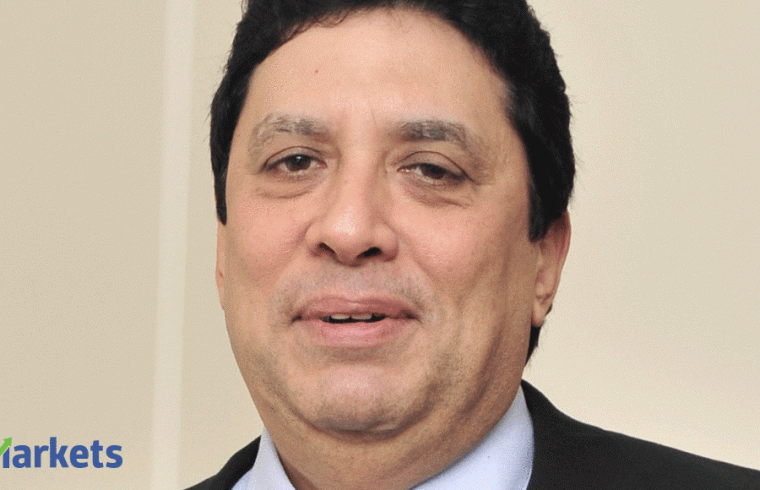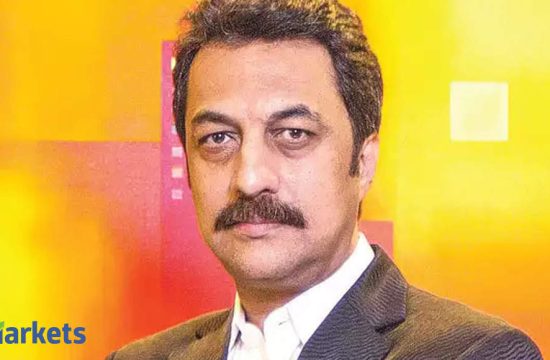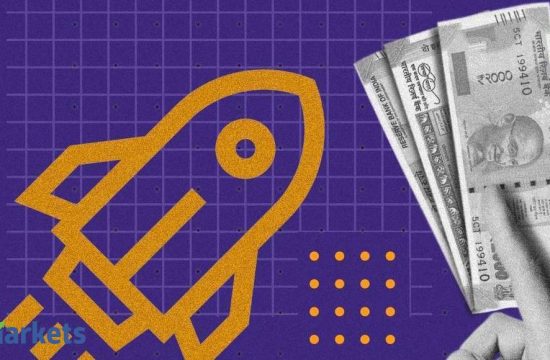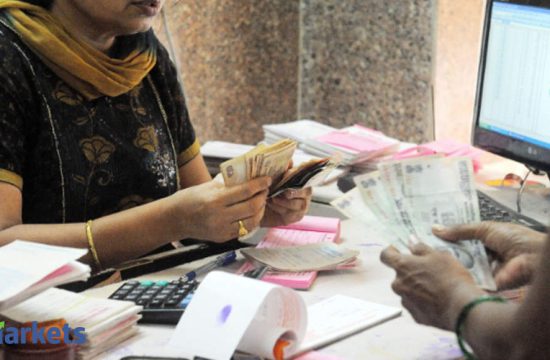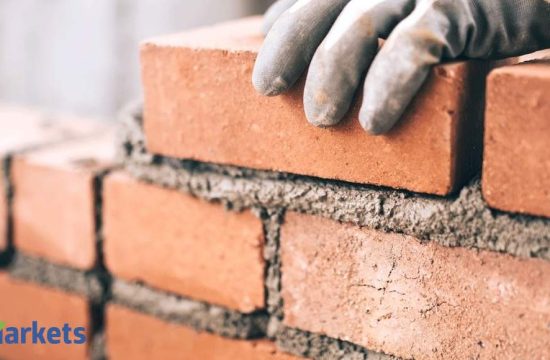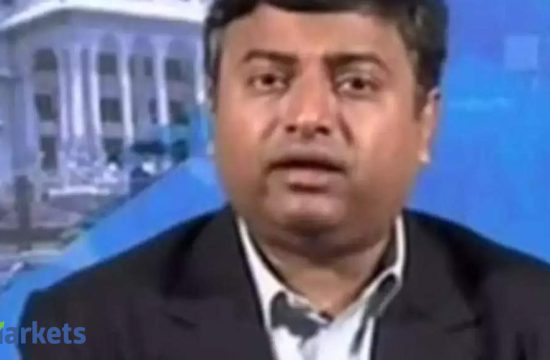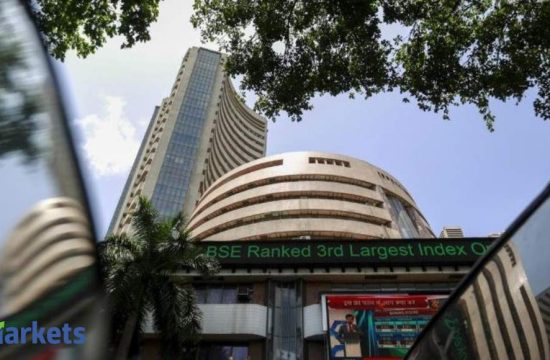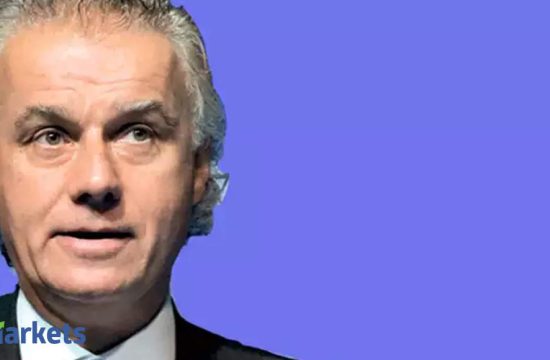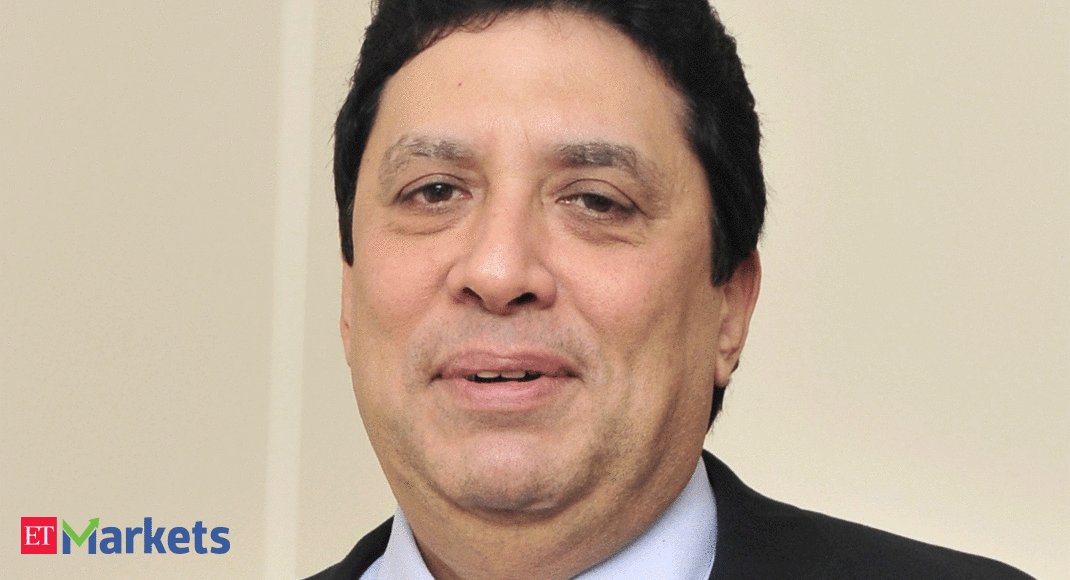
HDFC CEO says some part of Rs 14,000 crore fund raising will be in pure equity and some via other instruments. Looking at the quantum of the fundraise that is being considered, how much from this would be through equity? Can you share some details with us and how do you intend to use the proceeds?
My sense is over the next one-and-a-half years or so, maybe two years, a number of opportunities will come up to make investments, look at good acquisitions, M&A transactions and things like that, not just in the mortgage business but also in our subsidiaries — be it life insurance, general insurance, be it AMC. Now if such an opportunity does come up, then we do not want to start looking at whether we have adequate capital or not.
That’s why at this point we want to take an in-principle approval from shareholders, which would take about five to six weeks roughly. Our objective at this moment is to get the approval, and once we have the approval, we will then be ready and work out what we need to do. We will then be ready with some plan; whether we should do equity or do some other instrument which will convert into equity at a future date. Today the plan is that out of that Rs 14,000 crore, some bit will be pure equity and some bit will be an instrument which will get converted into equity at a future date — could be two years later, three years later, something of that sorts. So that is the objective.
The opportunities to my mind will crop up not just in the mortgage business, but also in our subsidiaries. Now what you must also remember is that every rupee we invest into our subsidiaries reduce resource from a tier one point, and therefore, the need for capital at that point of time. It impacts our capital ratios. Because when we invest, let us say, Rs 5,000 crore into a subsidiary, that Rs 5,000 crore get deducted straightaway from our net worth, from our capital for the purposes of calculating capital issue. So that is the only reason why we are looking at capital. We will time the market, we are not in a hurry at the moment. Whenever we believed the opportunity is right, whenever we believe this is a good time to go to the market, that is the time we will reach out to the market. Our capital adequacy as of March 31, 2020, for tier one capital was 16.6% and total capital was 17.7%.
Analysts are also expecting credit cost to rise sharply for the entire sector per se. Given the backdrop that one is operating in, what are the challenges you are facing currently?
You have to distinguish between housing loan and a loan taken for any other product. Housing loan is a lot more secure in my view, than a car loan or a consumer loan or a personal loan or something like that. The reason being that the advance has been done for a property, which always has a value. The average loan-to-value ratio at the origination of a housing loan is at least 67-68% in that loan account. After taking the loan the individual is repaying the loan every month. So there is a principal repayment that keeps on happening on a monthly basis and because of that principal repayment, the outstanding amount of the loan keeps on declining. So as the outstanding amount keeps on declining for a moment even if property prices remain stable, the loan-to-value ratio keep on diminishing, which means the equity that the individual has on the property will keep rising.
So this is not the first time you are seeing this. This is obviously a much greater crisis than we had in the past, but what we had in 2008-2009 was also an economic crisis and to some extent in 2002, 1992, 1998 and at various other points of time.
In the short term, you might see non-performing loans inch up, but once normalcy comes back, non-performing loans come back to normal levels. I have no doubt in my mind that something similar will happen this year also. Whether NPAs will rise this quarter or next quarter I do not know. I hope not. I do not think retail NPAs should rise much, but we obviously watch this very carefully.
On the disbursements front, are you seeing a pickup in demand? Are there gradual signs of normalcy returning?
Honestly, my sense is recovery is on track, which has been a lot faster than what I would have expected it to be. Let us say, if we had spoken in the middle of May, the whole of April was shut down, our offices were shut and there was very little business that we could do. We could do some disbursements, but that was for loans taken earlier. Since the middle of May, offices have started opening and most of our offices are open today and are operating within the guidelines provided by the respected governments in those locations. At some places, just one-third of the staff is working. In Mumbai, for example, only 10% of staff is working. So most offices are open, some are not. What we have seen from the second half of May is that with every passing day, loan disbursement was getting better and better compared with what it was in the previous year. That trend has fortunately remained as we speak. So business is picking up, disbursements are picking up. But because there was little business for one-and-a-half months, we are still not close in our average.
